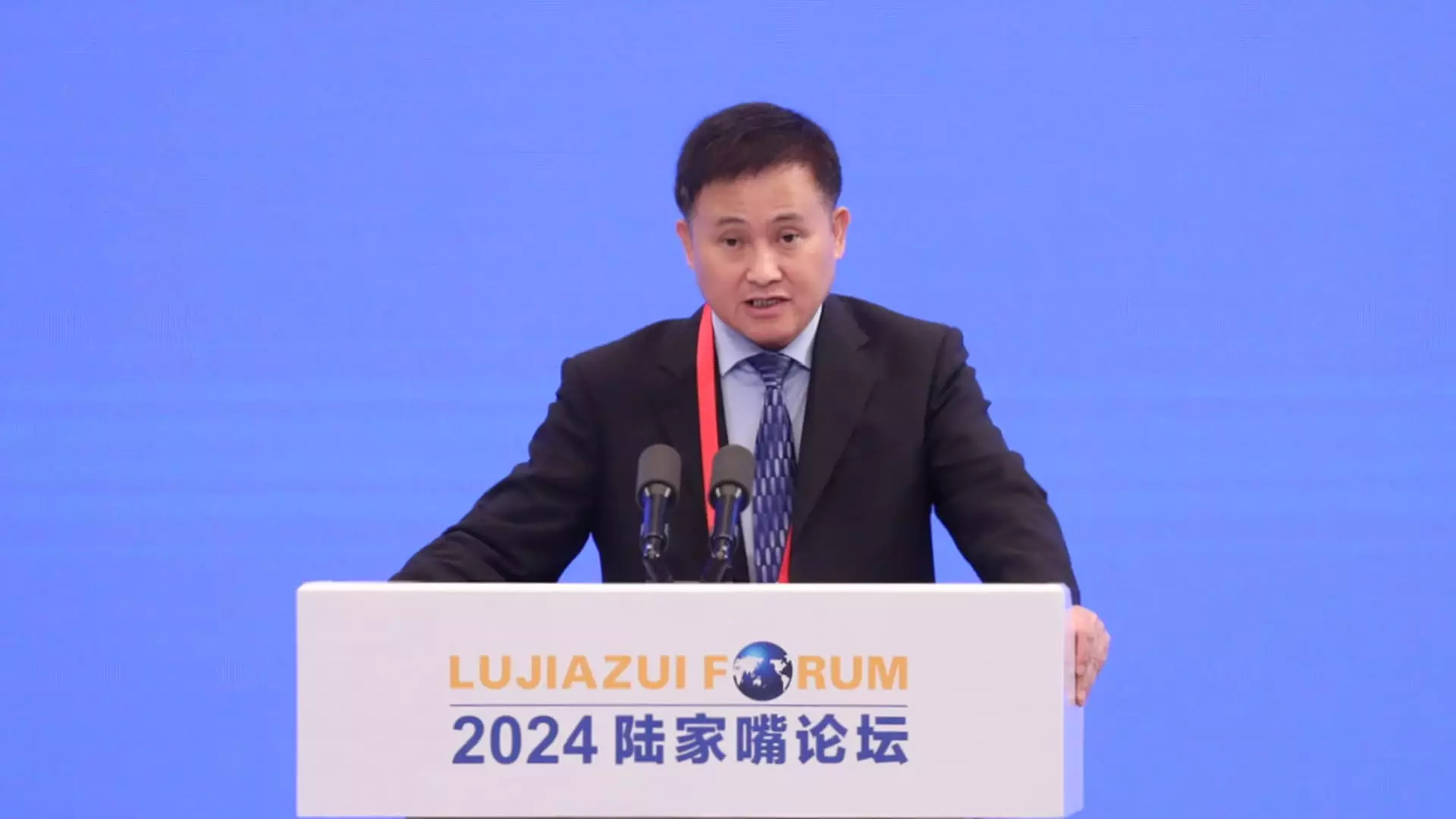In an important development for China’s economic landscape, the People’s Bank of China (PBOC) recently announced a reduction in the reserve requirement ratio (RRR) for banks by 50 basis points. This decision, articulated by the PBOC Governor Pan Gongsheng during a press conference, is indicative of the central bank’s strategic maneuvering in light of persistent economic challenges, including deflationary pressures and slowed growth. This article delves into the implications of this monetary easing, the potential for future adjustments, and the broader context that necessitated such moves.
The reserve requirement ratio is a critical tool that central banks use to influence the amount of funds available for lending within the economy. By lowering this ratio, the PBOC enables banks to retain less cash on hand, effectively increasing the liquidity in the financial system. This recent announcement marks a shift aimed at invigorating economic activity by encouraging banks to lend more freely. Additionally, it reflects the PBOC’s response to the changing dynamics of global finance, especially following recent adjustments by the U.S. Federal Reserve.
China’s economy is facing significant hurdles, including a slump in the real estate sector and waning consumer confidence. These factors have collectively contributed to a slowdown, prompting calls from economists for enhanced stimulus measures. The monthly fixation of the loan prime rate, which was kept unchanged, indicates a cautious approach by the PBOC. However, the intention to lower the 7-day repo rate signals a proactive stance toward liquidity enhancement and a broader goal of stimulating demand within the domestic market.
During the press conference, Pan hinted at the possibility of additional cuts to the RRR by 0.25 to 0.5 percentage points before the year’s end, contingent on economic conditions. This anticipation underscores the central bank’s readiness to adapt its policies based on real-time economic indicators. The dialogue surrounding potential cuts to the loan prime rate also adds another layer of complexity, as market participants speculate on which rate—one-year or five-year—might be subject to adjustment. The PBOC’s ability to make nuanced changes in response to both domestic and international influences reflects a sophisticated approach to monetary policy.
Setting the backdrop for these monetary strategies is the fact that the PBOC operates with a different framework than the U.S. Federal Reserve. While the latter often highlights a singular interest rate, the PBOC employs various rates to manage liquidity and economic activity comprehensively. This heterogeneity in policy is crucial; it means that the PBOC can tailor its responses more granularly depending on specific sectors or economic signals. The ongoing emphasis on reaching full-year growth targets further accentuates the need for a multifaceted approach.
Market reactions to Pan’s announcements have been swift. For instance, the yield on China’s 10-year government bonds dipped to a record low of 2%. This drop likely signifies increased investor demand for safer, long-term investments amidst the uncertainty present in the equities market. Investors are keenly observing the PBOC’s actions, particularly as the central bank’s decisions ripple through the economy and affect lending rates. Historically, periods of monetary easing have stimulated investment, providing a potential lifeline for struggling sectors.
The PBOC’s recent decisions represent an essential pivot toward monetary easing, strategically positioned to counteract economic headwinds. As the central bank navigates through a landscape characterized by low growth and consumer hesitance, its methods could provide the necessary stimuli to foster recovery. Observers will be cautiously attentive as the PBOC continues to shape its policy direction. The forthcoming announcements, alongside the conditions of an ever-evolving global economy, will play a pivotal role in determining China’s financial trajectory for the remainder of the year and beyond.


Leave a Reply